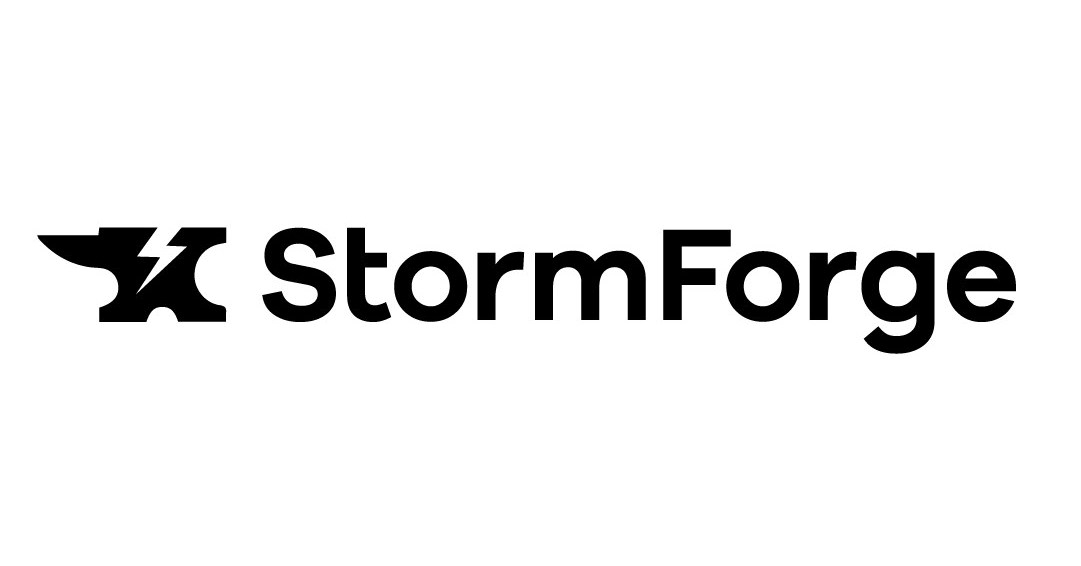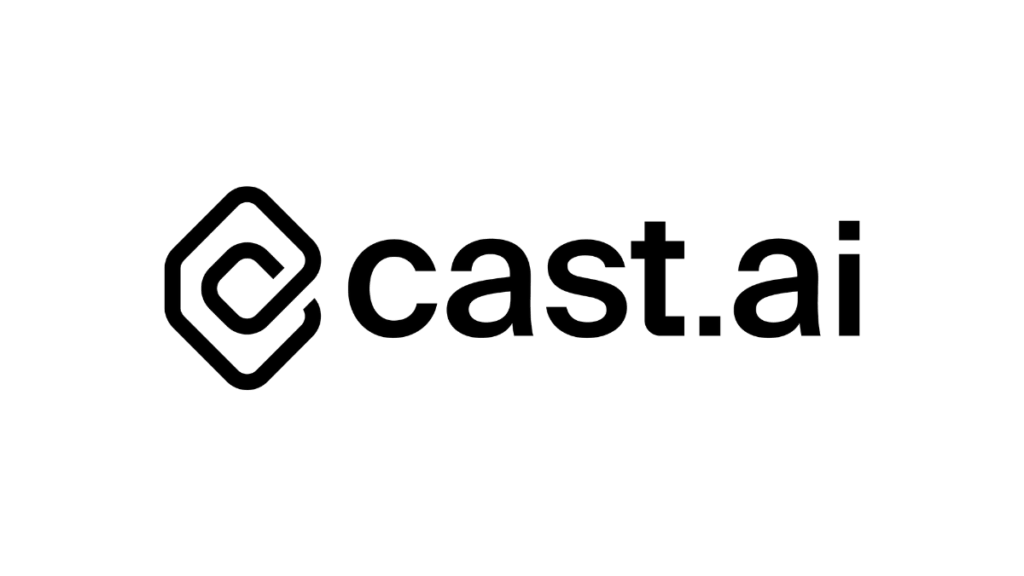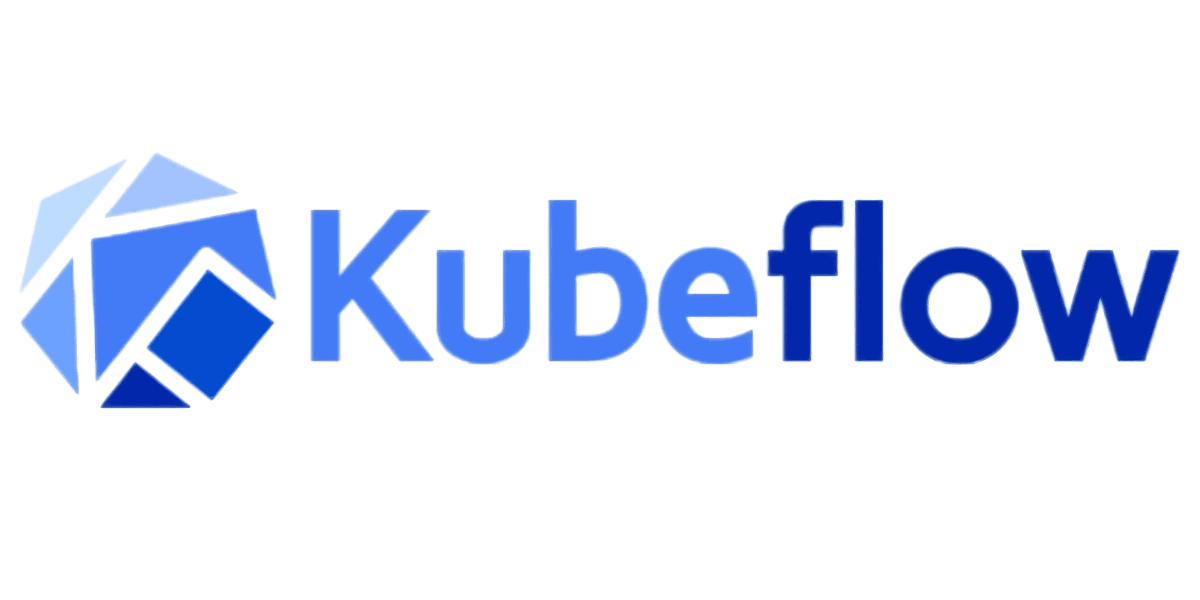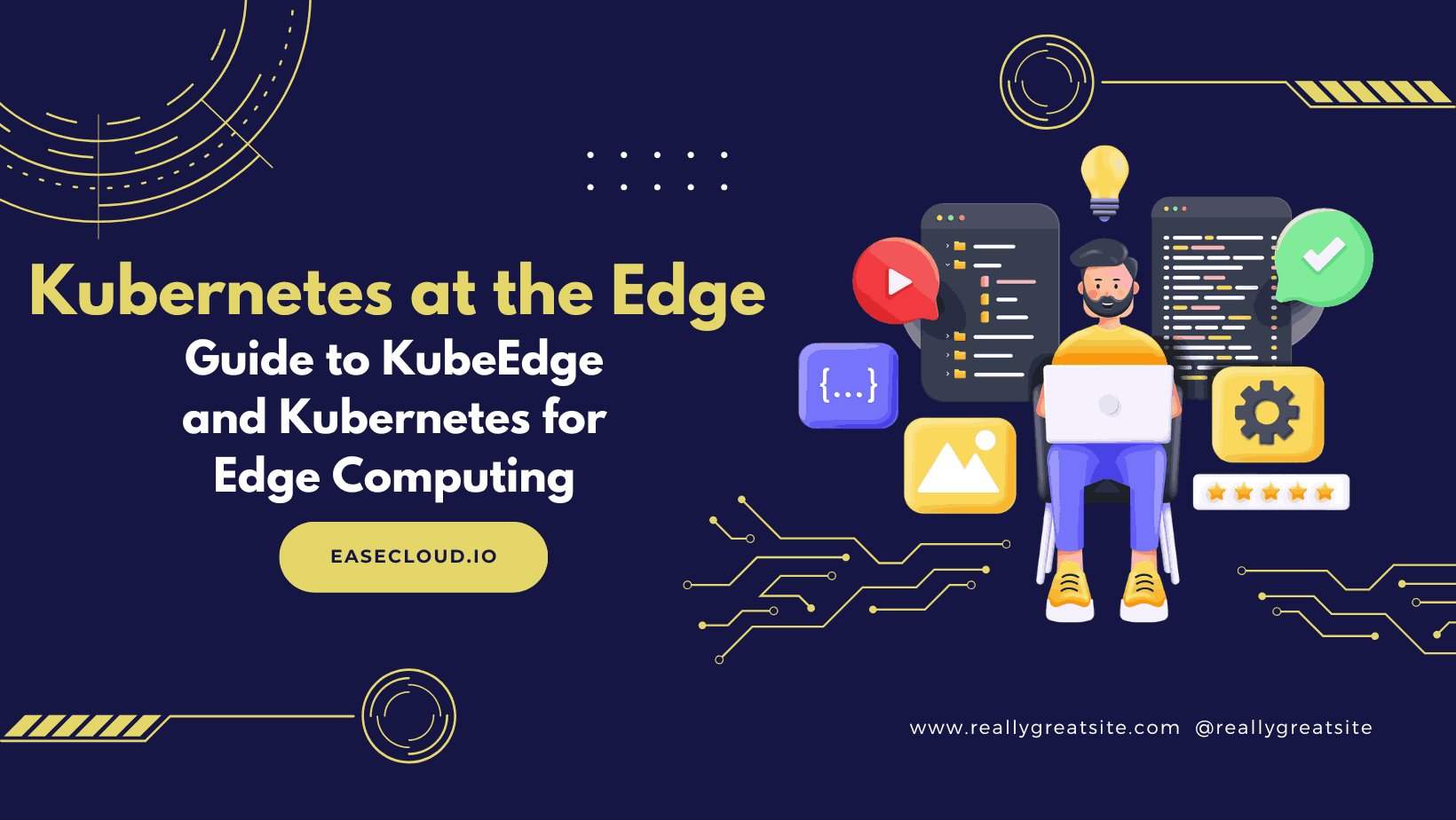5 Best ML/AI Tools for Optimizing Kubernetes Resources
Discover how ML/AI tools enhance Kubernetes resource management and boost application performance. Learn key features for optimization.

Each of the ML/AI tools mentioned in the blog has unique features and capabilities that can help optimize Kubernetes resource allocation and application performance.
Kubernetes has become the de facto standard for container orchestration, enabling organizations to deploy applications faster and more efficiently. However, managing and optimizing costs within Kubernetes environments can be challenging, especially as deployments grow in complexity and scale. Machine learning (ML) and artificial intelligence (AI) tools can help optimize resource allocation and application performance, leading to cost savings and improved efficiency. In this blog, we will explore the key features, use cases, best practices, and common pitfalls of five top ML/AI tools for Kubernetes resource optimization.
Kubecost:
Kubecost stands out as an advanced tool engineered to offer insights into Kubernetes cost management and optimization. By seamlessly integrating with Kubernetes clusters, Kubecost provides detailed visibility into resource expenditure down to the namespace, deployment, and pod levels. Leveraging machine learning algorithms, Kubecost analyzes historical and real-time usage data to identify opportunities for cost savings through optimal resource allocation.

Image credit: medium.com
Key Features
- Real-time insights into Kubernetes cluster cost and utilization
- Cost monitoring and alerts for unlimited individual clusters
- Kubernetes resource utilization monitoring and optimization recommendations
- Advanced cost analysis capabilities
How to Use
- Install Kubecost and connect it to your Kubernetes clusters.
- Monitor cost and utilization data in real-time.
- Implement optimization recommendations to improve resource allocation and cost efficiency.
- Set up cost alerts to proactively manage costs
Use Cases
- Managing costs in complex Kubernetes environments
- Identifying and addressing resource utilization inefficiencies
- Ensuring cost efficiency in dynamic workloads
Best Practices
- Regularly review cost and utilization data to identify optimization opportunities
- Implement cost optimization recommendations to improve resource allocation and cost efficiency
- Set up cost alerts to proactively manage costs and avoid unexpected expenses
Common Pitfalls
- Neglecting to monitor and address cost inefficiencies in complex Kubernetes environments
- Failing to implement cost optimization recommendations in a timely manner
StormForge
This tool uses machine learning algorithms to monitor the performance of your application and provides recommendations to improve Kubernetes settings. It is an AI Ops platform that can work with any cloud-native environment built on any CNCF-certified Kubernetes distribution.

Image credit: stormforge.io
Key Features
- Machine learning-based optimization for resource allocation and application performance
- Real-time monitoring and analysis of Kubernetes workloads
- Automated tuning of resource parameters for optimal performance and cost efficiency
- Integration with existing Kubernetes and cloud infrastructure
How to Use
- Sign up for a StormForge account and install the StormForge platform.
- Connect StormForge to your Kubernetes clusters.
- Analyze workloads using StormForge’s analysis tools to identify optimization opportunities.
- Implement optimization recommendations to improve resource allocation and application performance.
Use Cases
- Scaling deployments to accommodate growing workloads
- Managing resource usage and cost in dynamic environments
- Ensuring peak performance at the lowest possible cost
Best Practices
- Continuously monitor and adjust resource parameters for optimal performance and cost efficiency
- Implement machine learning-based optimization early in the development lifecycle
- Regularly review and update optimization strategies as business needs and application requirements change
Common Pitfalls
- Failing to consider the interdependencies of resource parameters when optimizing performance
- Neglecting to monitor and adjust optimization strategies over time
CAST AI
CAST AI is an automated Kubernetes cost optimization platform that uses machine learning algorithms for workload analysis and optimization, real-time recommendations for cost trimming without compromising performance, and multi-cloud deployment and hybrid cluster management.

Image credit: cast.ai
Key Features
- Automated Kubernetes cost optimization platform
- Machine learning algorithms for workload analysis and optimization
- Real-time recommendations for cost trimming without compromising performance
- Multi-cloud deployment and hybrid cluster management
How to Use
- Sign up for CAST AI and connect it to your Kubernetes clusters.
- Monitor cost and utilization data in real-time.
- Implement optimization recommendations to improve resource allocation and cost efficiency.
- Use CAST AI’s machine learning algorithms to analyze workloads and optimize their deployment to the most cost-effective cloud.
Use Cases
- Automating Kubernetes cost optimization in complex environments
- Managing costs across multiple clouds and hybrid clusters
- Ensuring cost efficiency in dynamic workloads
Best Practices
- Regularly review cost and utilization data to identify optimization opportunities
- Implement cost optimization recommendations to improve resource allocation and cost efficiency
- Use machine learning algorithms to analyze workloads and optimize their deployment
Common Pitfalls
- Neglecting to monitor and address cost inefficiencies in complex Kubernetes environments
- Failing to implement cost optimization recommendations in a timely manner
Anodot
Anodot is a machine learning-powered analytics and monitoring platform that offers real-time data analysis and anomaly detection, advanced predictive analytics capabilities, and visualization of data trends and insights.

Image credit: anodot.com
Key Features 1. Machine learning-powered analytics and monitoring platform
- Real-time data analysis and anomaly detection 3. Advanced predictive analytics capabilities 4. Visualization of data trends and insights
How to Use
- Sign up for Anodot and connect it to your Kubernetes clusters.
- Monitor real-time data analysis and anomaly detection.
- Use advanced predictive analytics capabilities to plan for the future.
- Visualize data trends and insights to identify optimization opportunities.
Use Cases
- Real-time monitoring and analysis of Kubernetes workloads
- Anomaly detection and predictive analytics in complex environments
- Visualization of data trends and insights for optimization
Best Practices
- Regularly review real-time data analysis and anomaly detection to identify optimization opportunities
- Use advanced predictive analytics capabilities to plan for the future
- Visualize data trends and insights to identify optimization opportunities
Common Pitfalls
- Neglecting to monitor and address anomalies in real-time
- Failing to use predictive analytics capabilities to plan for the future
Kubeflow:
Kubeflow is an open-source machine learning platform that makes it possible for machine learning pipelines to orchestrate complicated workflows on Kubernetes. It provides a common interface over the tools used for machine learning implementations, simplifies the process of building and deploying machine learning systems at scale, and supports composability, portability, and scalability.

Image credit: kubeflow.org
Key Features
- Integrated suite of tools for machine learning workflows on Kubernetes
- Scalability, automation, and portability for machine learning processes
- Support for data preprocessing, training, and deployment of machine learning models
- Integration with popular machine learning frameworks and libraries
How to Use
- Install Kubeflow and connect it to your Kubernetes clusters.
- Use the integrated suite of tools to manage machine learning workflows.
- Implement scalability, automation, and portability features to optimize resource utilization.
- Integrate popular machine learning frameworks and libraries to streamline workflows.
Use Cases
- Deploying and managing machine learning processes on Kubernetes
- Scaling machine learning workflows for extensive datasets and intricate models
- Automating machine learning tasks for efficiency and productivity
Best Practices
- Use scalability, automation, and portability features to optimize resource utilization
- Integrate popular machine learning frameworks and libraries to streamline workflows
- Regularly review and update machine learning workflows for optimal performance and cost efficiency
Common Pitfalls
- Neglecting to optimize resource utilization in machine learning workflows
- Failing to integrate popular machine learning frameworks and libraries for efficiency and productivity
Conclusion
Machinelearning and artificial intelligence tools can help optimize resource allocation and application performance in Kubernetes environments, leading to cost savings and improved efficiency. By understanding the key features, use cases, best practices, and common pitfalls of top ML/AI tools like StormForge, Kubecost, CAST AI, Anodot, and Kubeflow, organizations can make informed decisions about which tools to use and how to use them effectively. By implementing machine learning-based optimization early in the development lifecycle and continuously monitoring and adjusting resource parameters, organizations can ensure peak performance at the lowest possible cost.

Master Minikube's inter-namespace communication for local Kubernetes development. Practical guide for container orchestration.

Discover how Kubernetes extends to edge computing, enabling powerful container orchestration beyond cloud environments.
